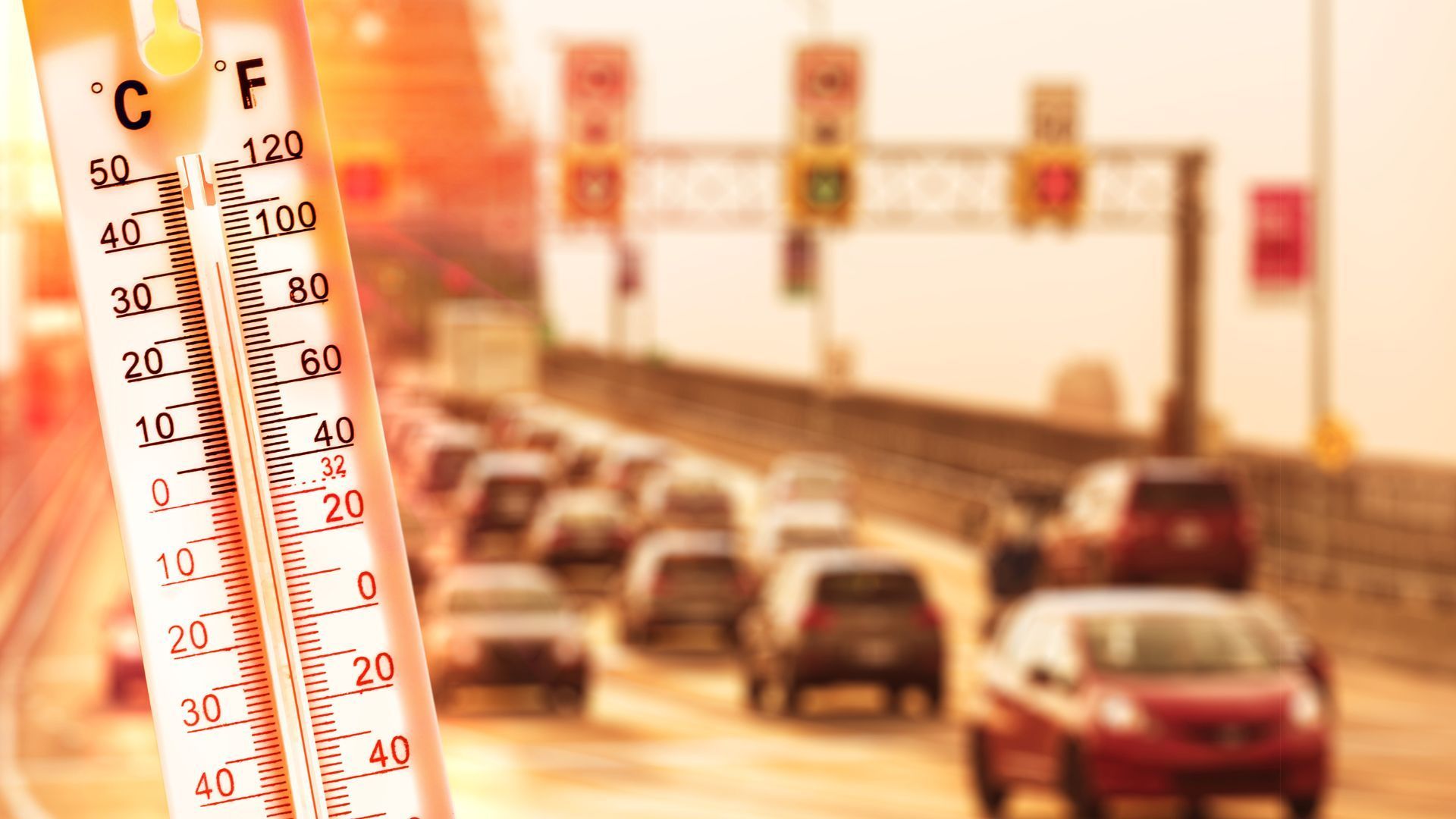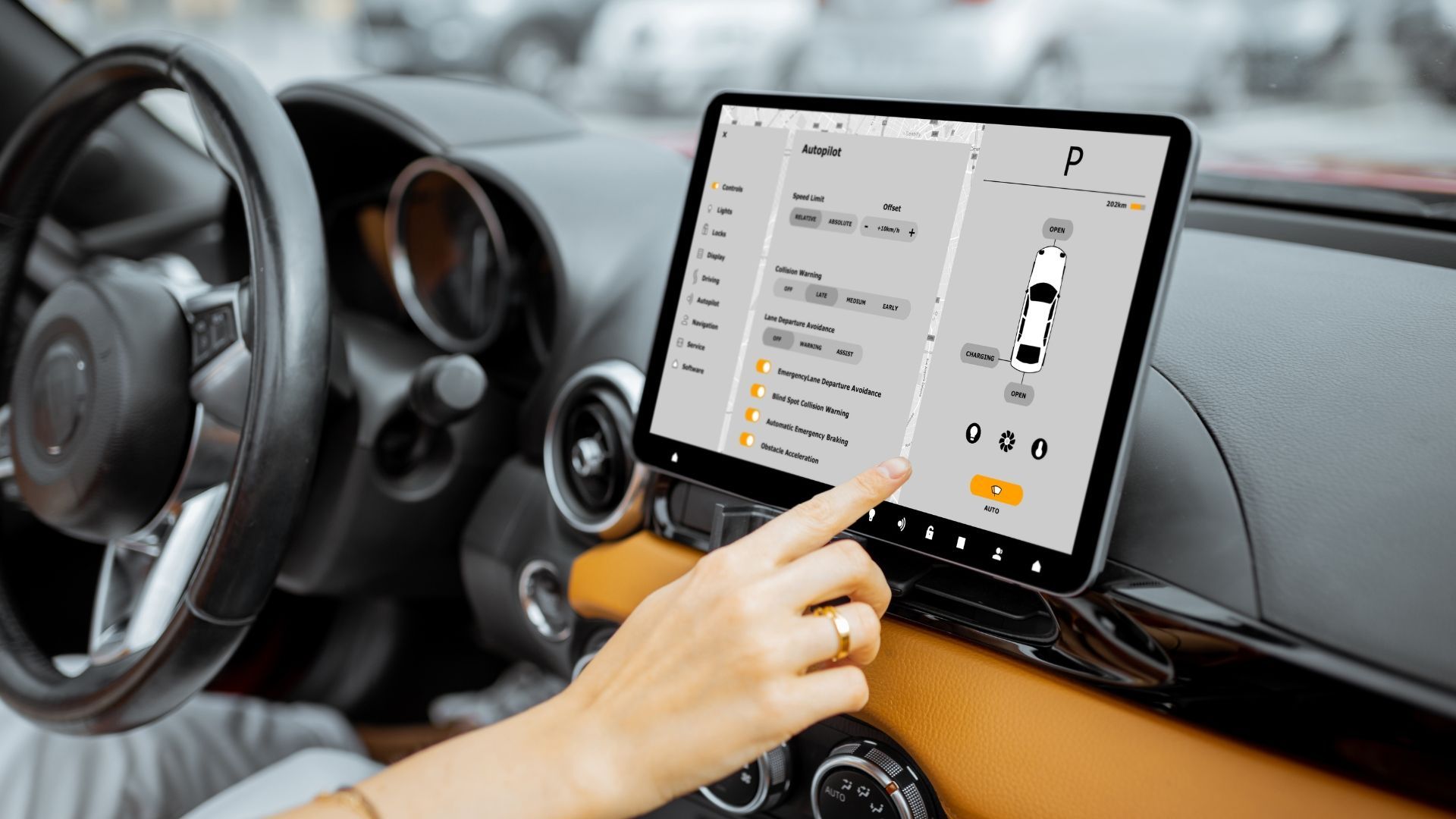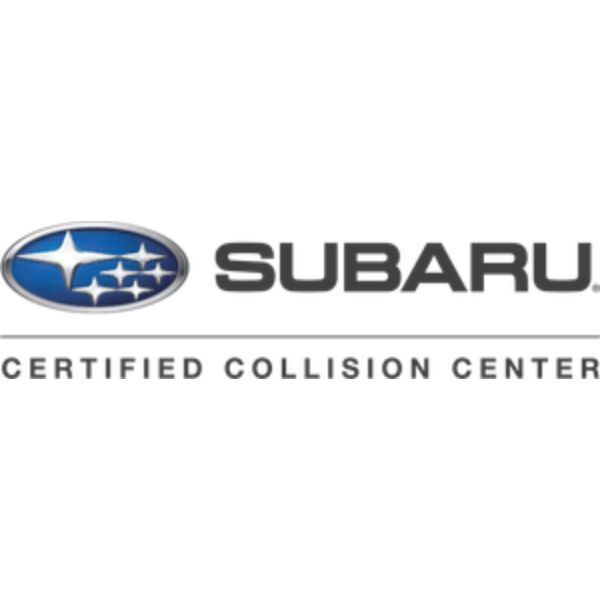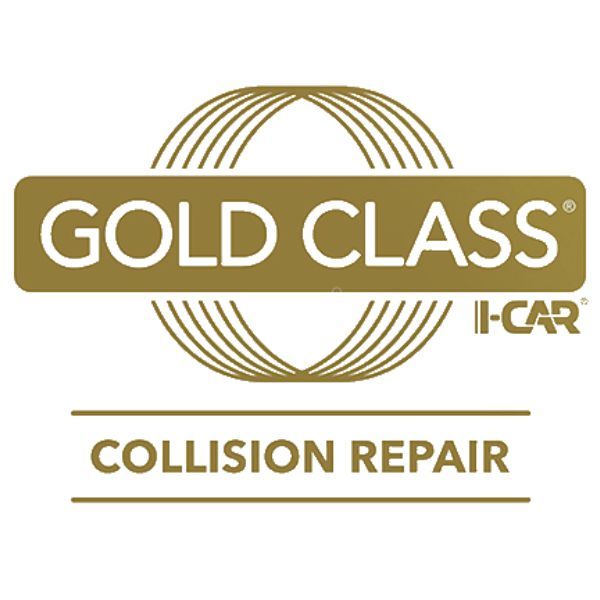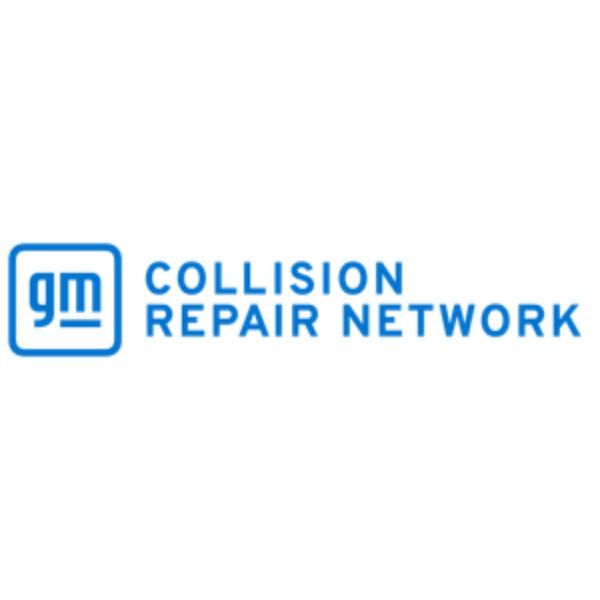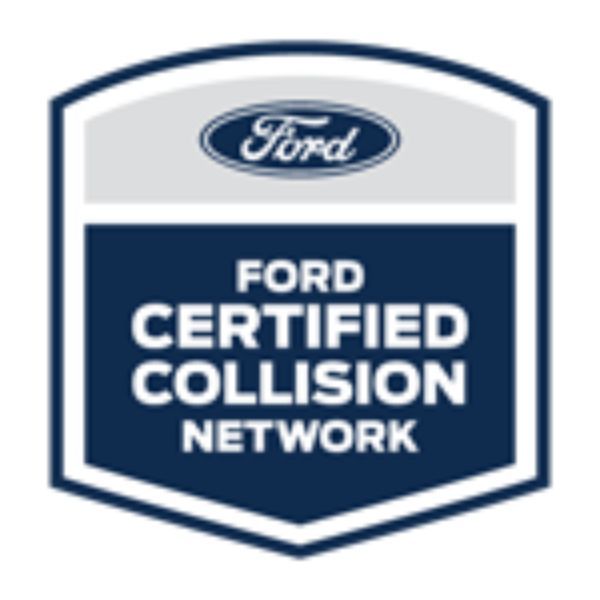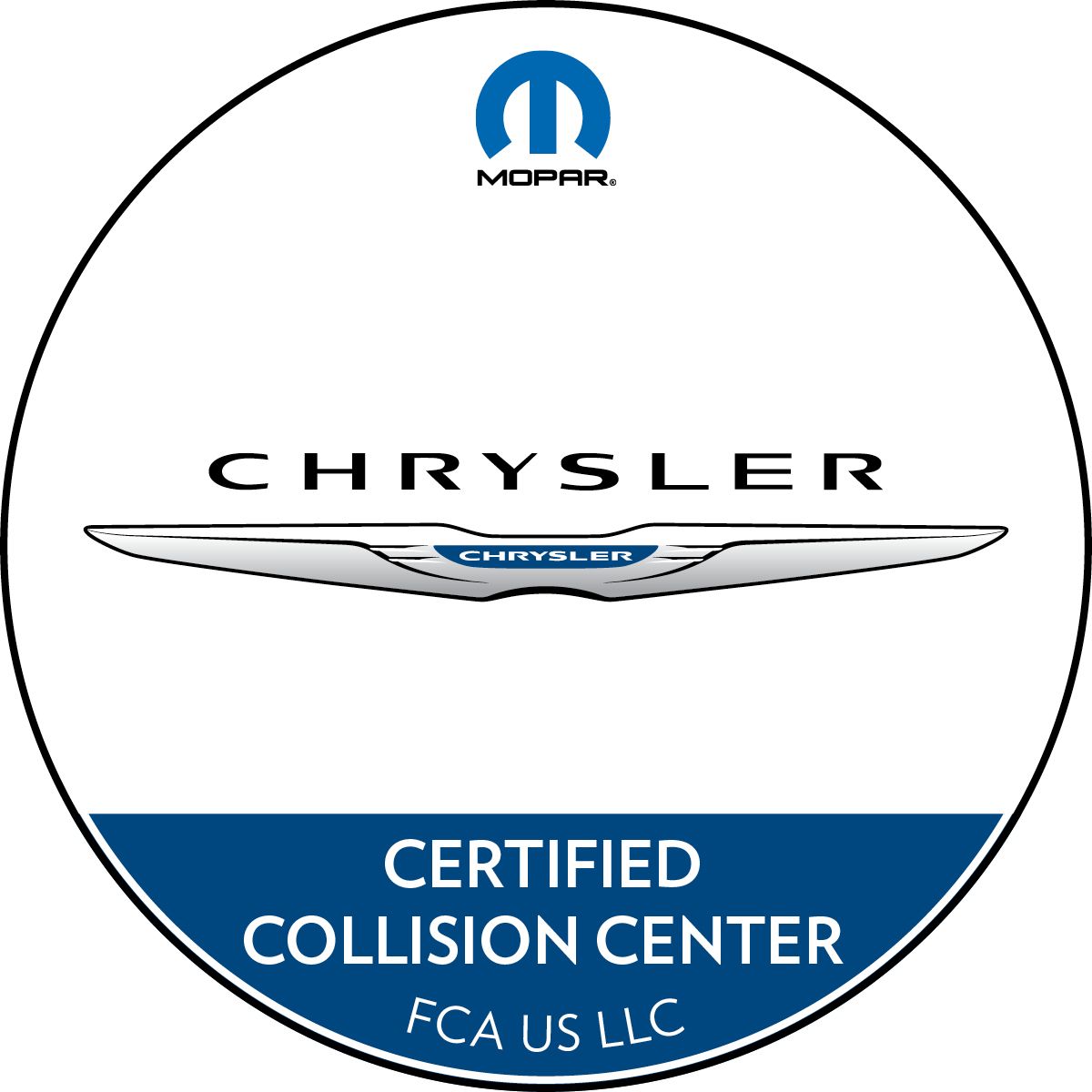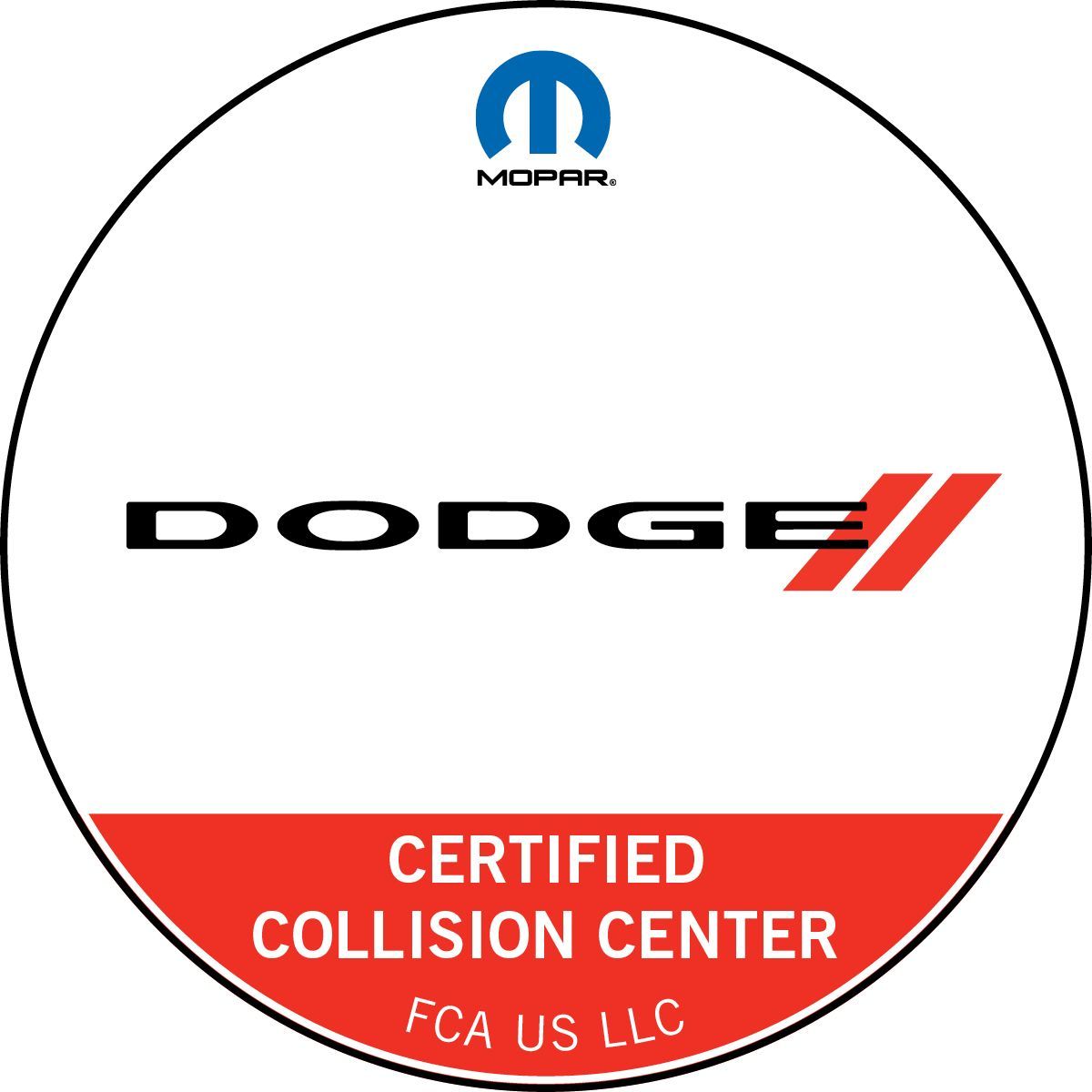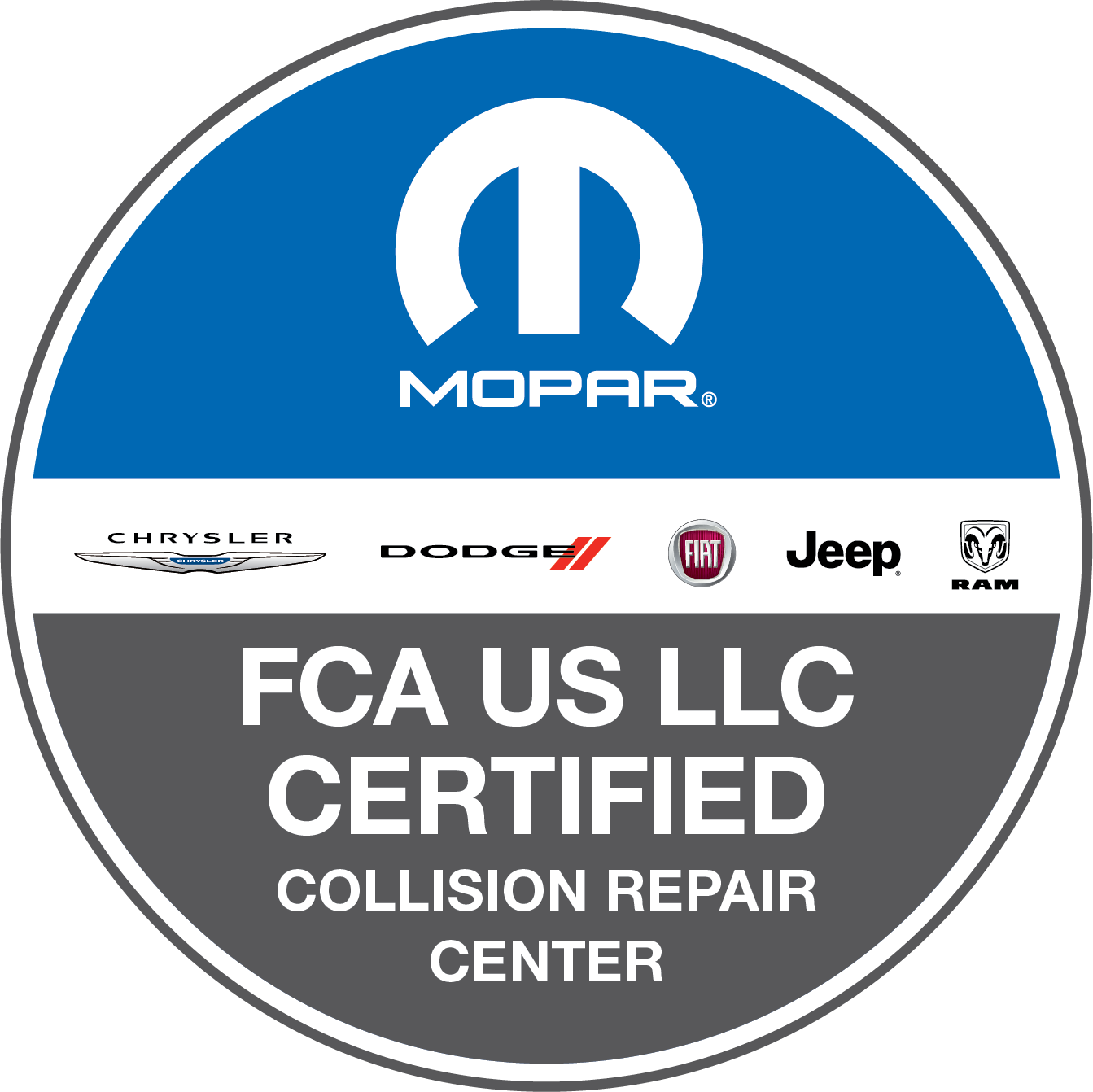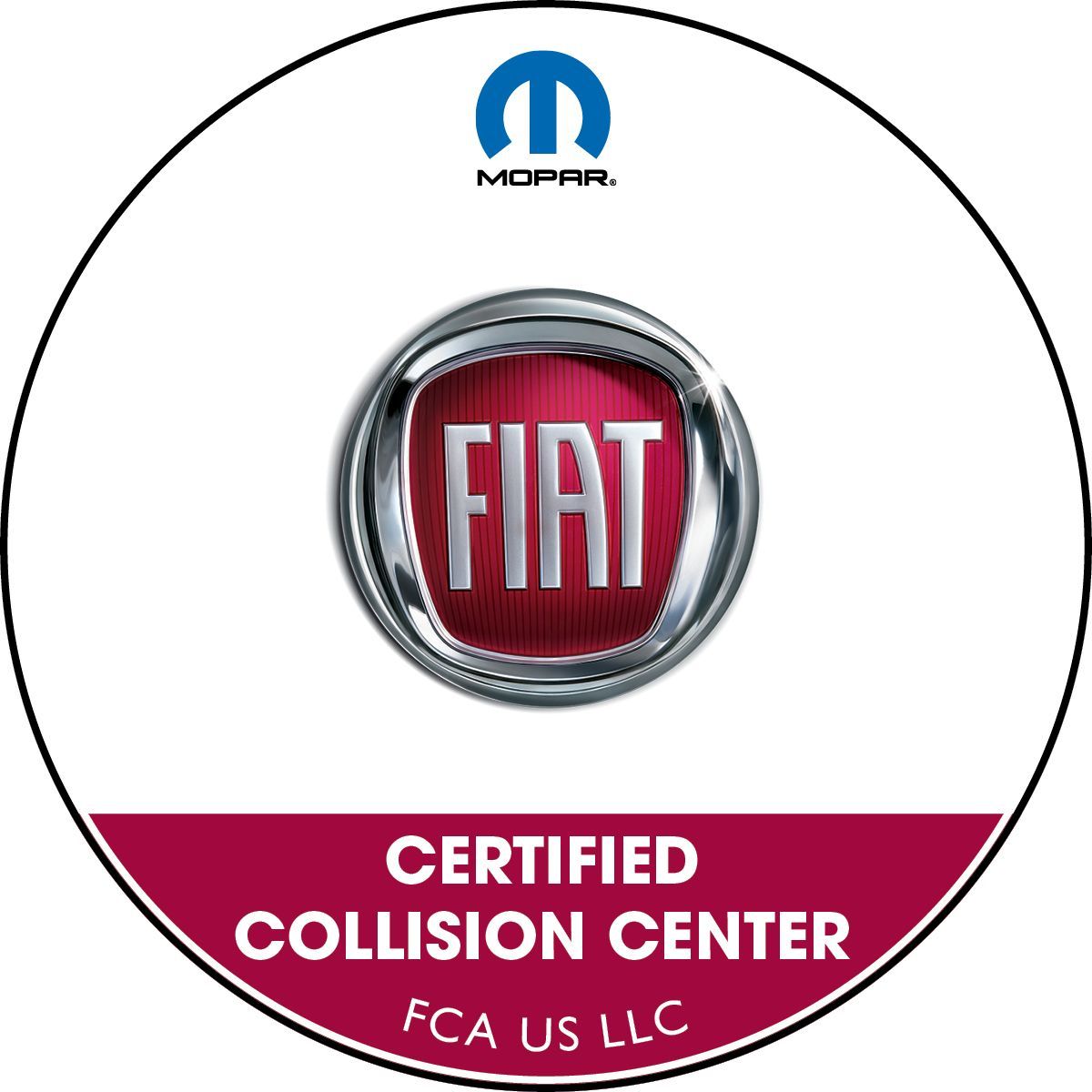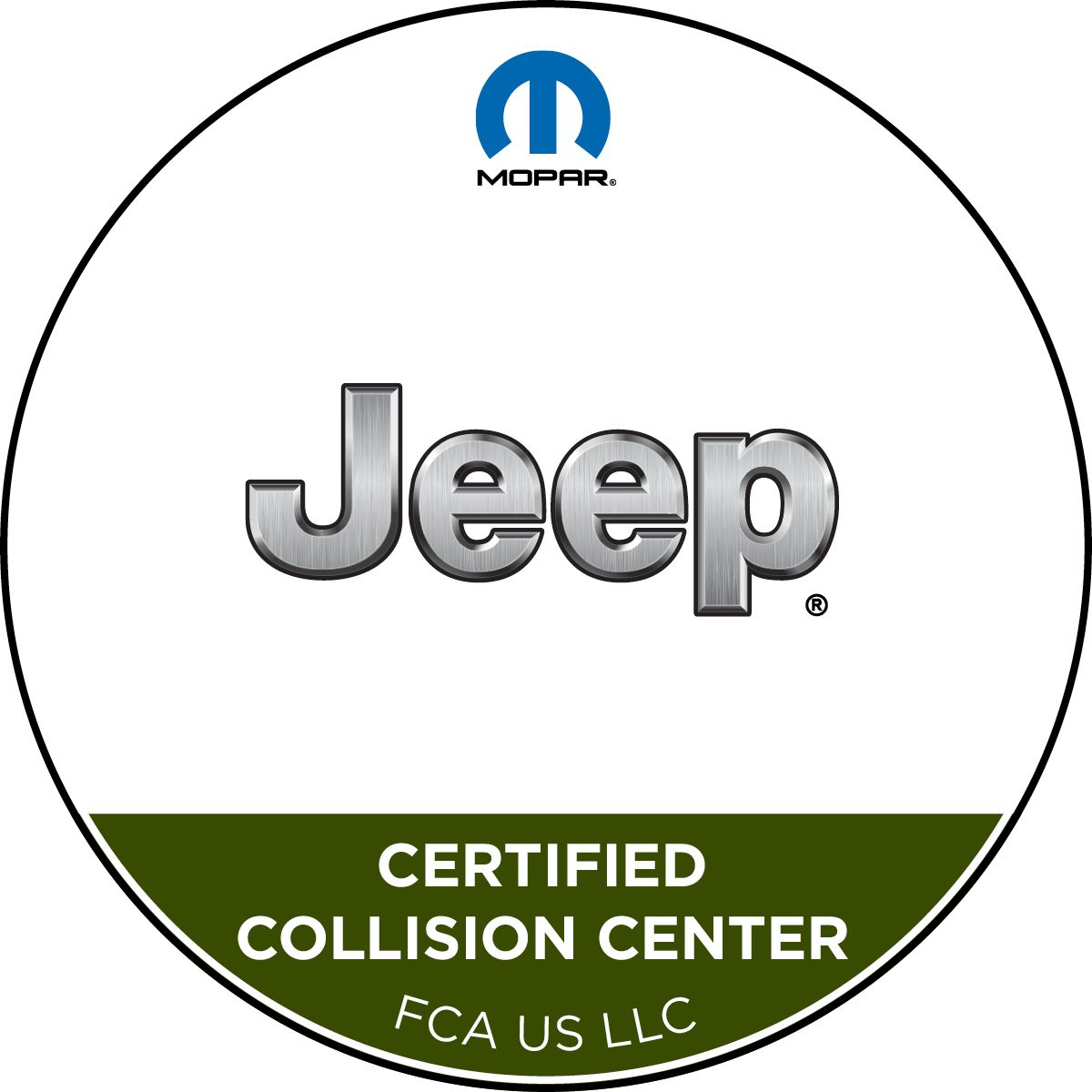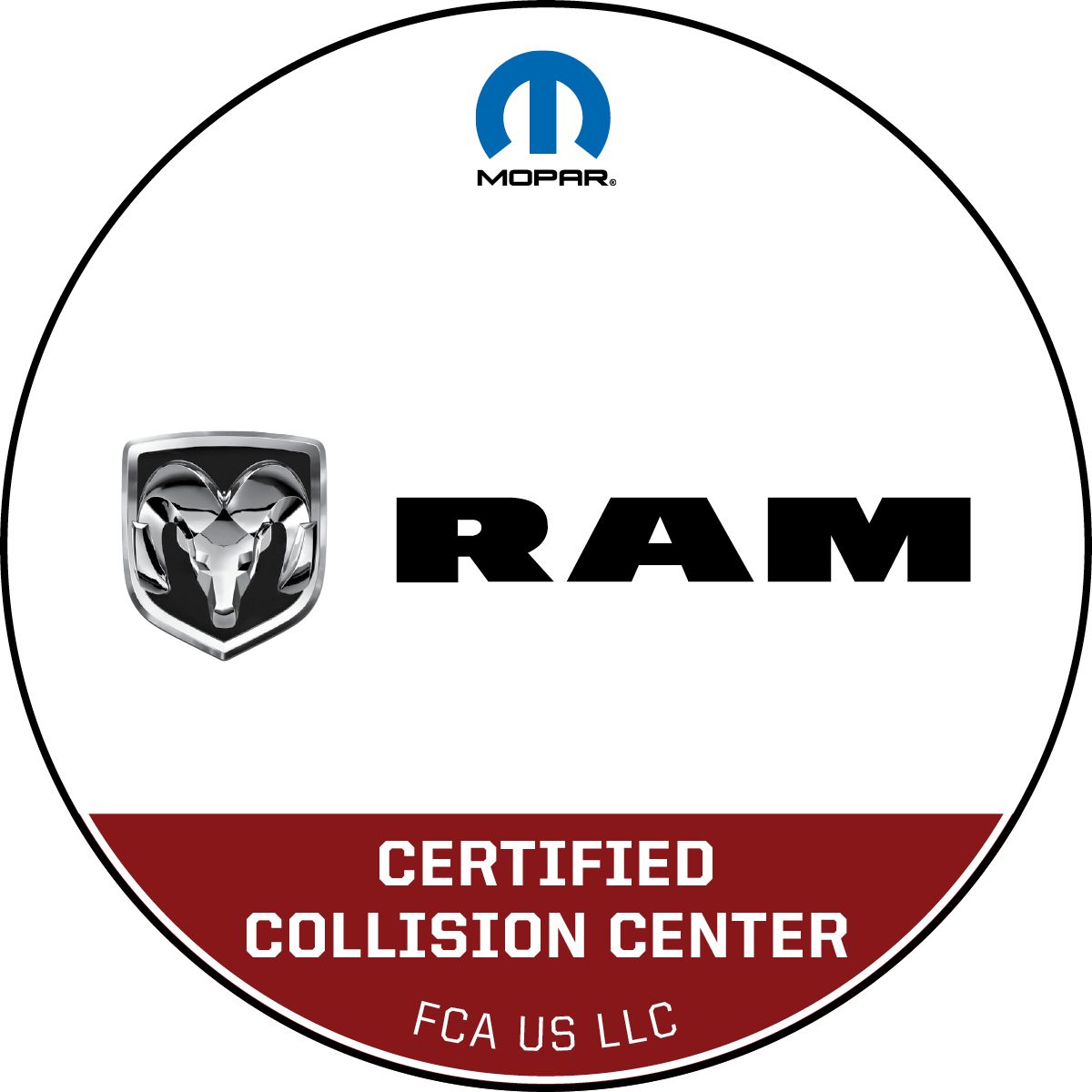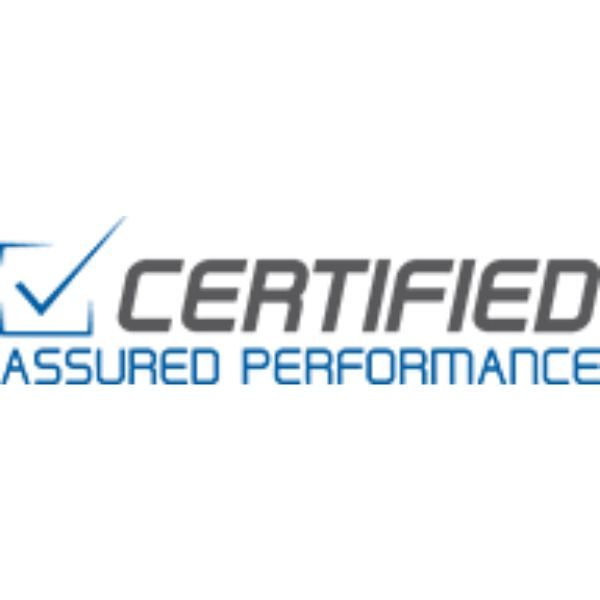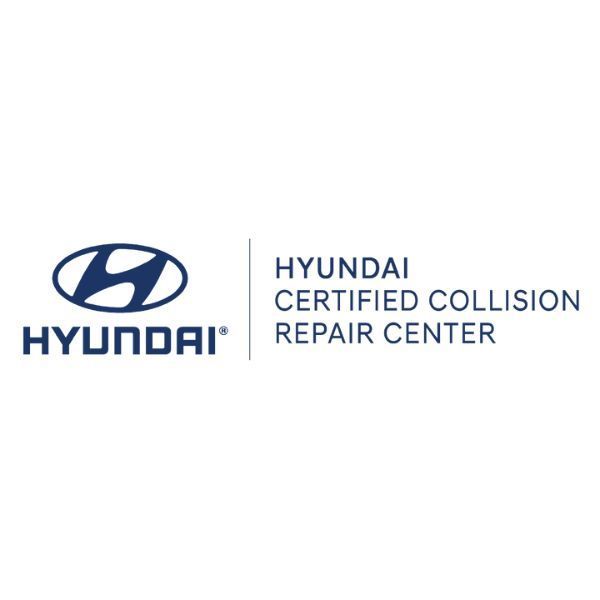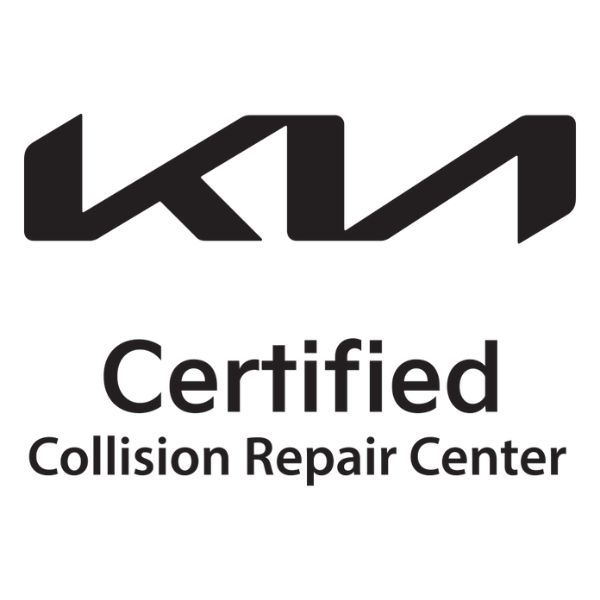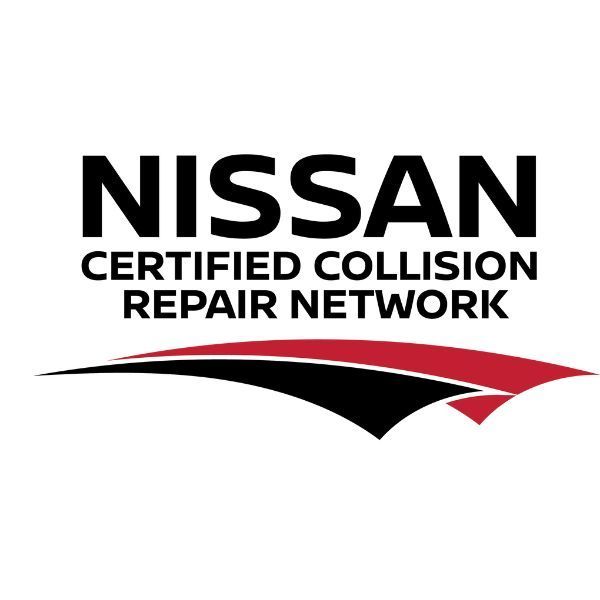The Meaning of a Fender Bender: Minor Mishaps, Major Insights
The metallic crunch, the jolt of adrenaline, the sinking feeling in your gut – we've all experienced the meaning and aftermath of a fender bender. While seemingly minor compared to major collisions, these mishaps pack a surprising punch. They can leave dents in your car, stress lines on your forehead, and, most importantly, valuable lessons waiting to be learned. At Morrow Collision Center, we understand that fender benders are more than just bumps and scratches; they're opportunities for reflection and growth.
1. The Emotional Toll of Fender Benders
Let's face it, even the most minor fender bender can trigger a wave of emotions. Frustration boils over when you see the scratched paint, worry creeps in about a potentially damaged frame, and self-doubt peaks when you realize what you could have done differently. These emotional responses are perfectly normal. After all, your car is an extension of yourself, a symbol of freedom and responsibility. When you see a dent or scraped paint, it's natural to feel the impact on a personal level.
2. Identifying Common Causes
While every fender bender is unique, some common threads often weave their way into the narrative. Distracted driving, misjudgment of speed or distance, and blind spots all play a significant role in these mishaps. Recognizing these potential pitfalls can be a powerful first step toward preventing future incidents.
3. Protecting Yourself After the Bump
In the immediate aftermath of a fender bender, the adrenaline might be pumping, and clear thinking can be a challenge. However, taking the time to properly document the scene can save you a lot of hassle down the road.
Exchange information with the other driver(s) involved, including names, contact details, and insurance information. If you were hit by another driver and they left the scene, you should call the police to report a hit and run.
Take pictures of the damage from all angles, including any surrounding landmarks or traffic signs that might be relevant. If possible, write down the names and contact details of any witnesses. Look around to see if anybody may have recorded surveillance video of the incident. This documentation will be invaluable when filing insurance claims, determining who is at fault, and ensuring a smooth repair process.
4. Choosing the Right Partner
With your car sporting battle scars and your emotions running high, finding the right collision center can feel overwhelming. Don't settle for the first shop you reach out to. At Morrow Collision Center, we prioritize clear communication, detailed estimates, and genuine customer service throughout the repair process. Our technicians utilize cutting-edge technology and high-quality parts to ensure your car is aesthetically and mechanically restored.
5. The Road to Recovery
Even the most minor fender bender can serve as a much-needed wake-up call. This opportunity can prompt us to re-evaluate our safety and driving habits. At Morrow Collision Center, we believe that every repair is an opportunity to learn and grow. We hope that by providing exceptional service and promoting defensive driving, we can make our roads less bumpy and more mindful.
The Meaning of a Great Fender Bender Recovery
Fender benders, though inconvenient, can be valuable learning experiences. They remind us of our vulnerability on the road and the importance of defensive driving. So, if you get into a collision, take a deep breath, remember these lessons, and let the experience guide you on the next journey.
At Morrow Collision Center, we're not just repairing cars; we're helping you navigate the road to recovery. Sometimes those accidents we call fender benders have some inherent damages, meaning you should get things checked out. You can trust your car with our I-Car Gold certified technicians, they’ll
get the job done once and for all. We’re proud to accept all forms of auto insurance, so stop by today and get back on the open road!
Share
More Blog Posts
